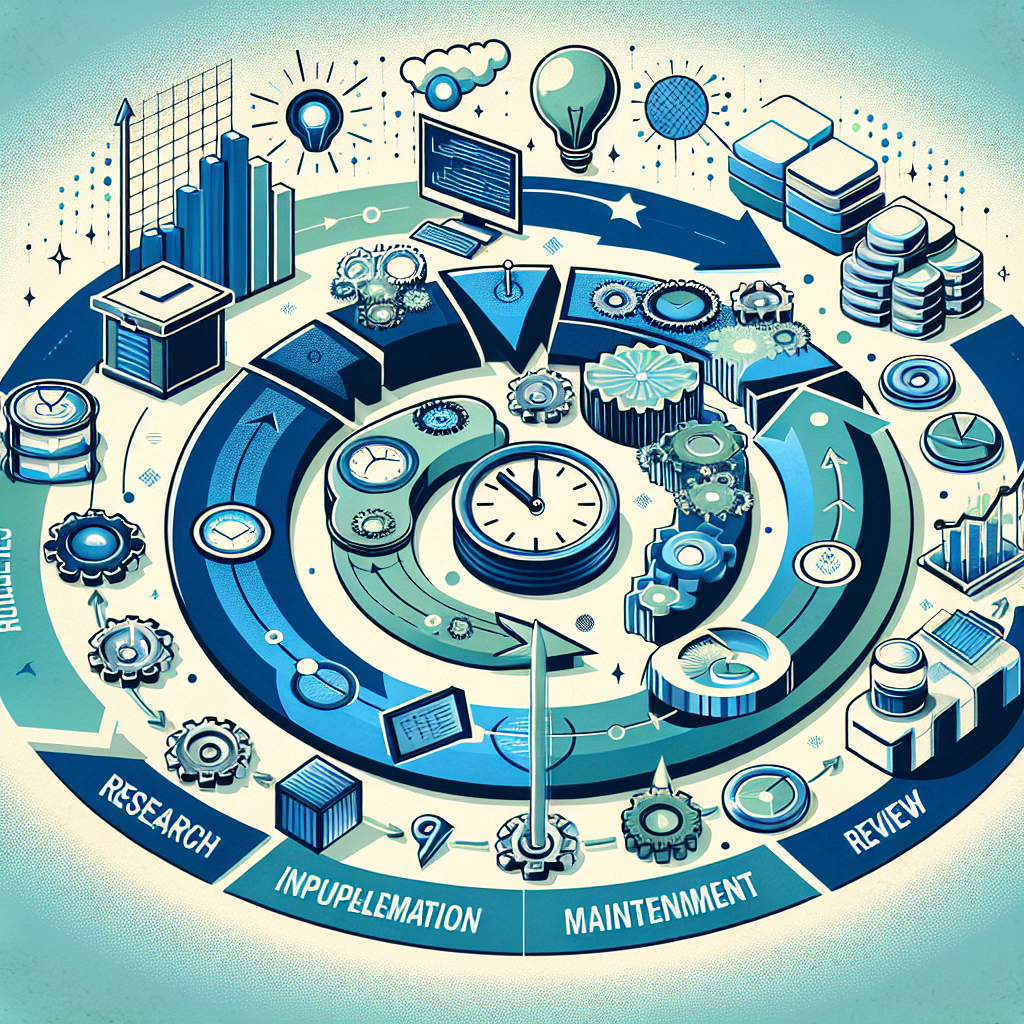Your cart is currently empty!
Optimizing Performance: Key Considerations for Data Center Lifecycle Management

Data centers are the backbone of modern business operations, serving as the hub for storing, processing, and delivering critical data and applications. In order to ensure optimal performance and efficiency, data center managers must carefully consider various factors throughout the lifecycle of their facilities. From design and construction to operation and maintenance, here are some key considerations for optimizing performance in data center lifecycle management.
1. Design and Construction: The foundation of a high-performing data center begins with its design and construction. When planning a new facility or expanding an existing one, it is essential to consider factors such as power and cooling requirements, space utilization, and scalability. By choosing the right layout, equipment, and infrastructure, data center managers can maximize efficiency and performance from the start.
2. Energy Efficiency: Data centers are notorious for their high energy consumption, so optimizing energy efficiency is crucial for reducing operating costs and minimizing environmental impact. Implementing energy-efficient technologies such as virtualization, server consolidation, and advanced cooling systems can help lower energy usage while maintaining high performance levels.
3. Monitoring and Management: Real-time monitoring and management tools are essential for ensuring the ongoing performance and reliability of a data center. By tracking key metrics such as temperature, humidity, power usage, and server performance, data center managers can identify potential issues before they escalate and take proactive measures to optimize performance.
4. Maintenance and Upgrades: Regular maintenance and upgrades are necessary to keep a data center running smoothly and efficiently. This includes tasks such as equipment inspections, firmware updates, and system optimization. By staying on top of maintenance activities, data center managers can prevent downtime, improve performance, and extend the lifespan of their infrastructure.
5. Security and Compliance: Data centers house sensitive information and mission-critical applications, making security and compliance a top priority. Implementing robust security measures such as access controls, encryption, and monitoring tools can help protect data from cyber threats and ensure compliance with industry regulations.
6. Disaster Recovery and Business Continuity: In the event of a disaster or system failure, data centers must have a comprehensive disaster recovery and business continuity plan in place to minimize downtime and data loss. This includes regular data backups, offsite storage, and testing of recovery procedures to ensure readiness in case of an emergency.
By considering these key factors throughout the lifecycle of a data center, organizations can optimize performance, reduce costs, and ensure the reliability of their critical infrastructure. With careful planning, monitoring, and maintenance, data center managers can create a high-performing facility that meets the demands of today’s digital economy.

Leave a Reply